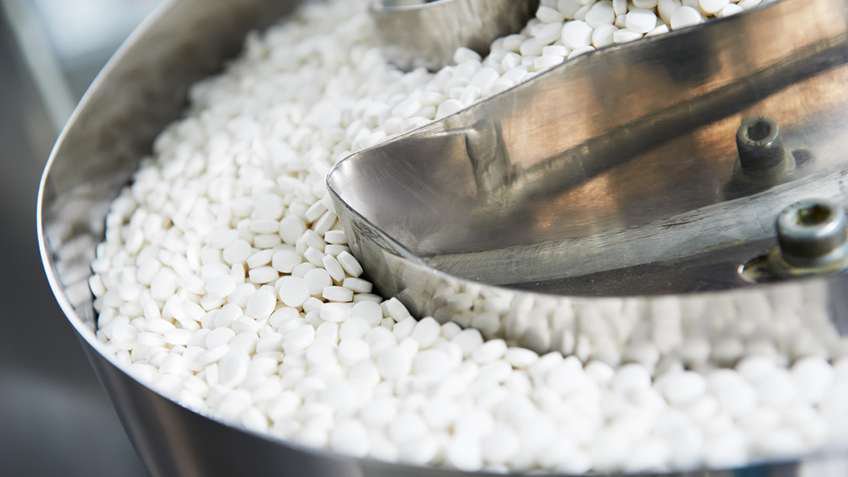Today, manufacturers are faced with a new, stark reality that includes supply chain issues, workforce shortages and stringent safety precautions. In the early months of 2020 COVID-19, the disease caused by a novel coronavirus, has brought on cases that are in the millions worldwide and the virus has brought daily life as we knew it to a halt. The silver lining? Many manufacturers are inspired and driven to join in the fight against the spread of COVID-19 by producing items that are needed by the medical community and beyond.
Because of this crisis, manufacturers are realizing that they need to change the way they think, plan and execute production. Are you and your team wondering how you can scale back or change production to adjust to new needs or market demands? Whether you want to or need to pivot your plant’s production capabilities, modular manufacturing processes can provide fast, easy, and cost-effective ways for you to be flexible and reactive.
Over my nearly 30 years in process automation, I have often been asked about the most efficient ways to update or modify the process automation systems in response to new manufacturing needs. Those questions are more relevant now than ever before, as manufacturers consider additional ways to be flexible and adaptable in their processes.
Whether you are dealing with a new product or raw material, supply chain disturbance, capability expansion or another modification to your existing control system, consider these two questions:
- How can you tell if your system can be quickly changed and adapted as your manufacturing needs change?
- How do you minimize the effort needed to make and test changes to your process automation system?




